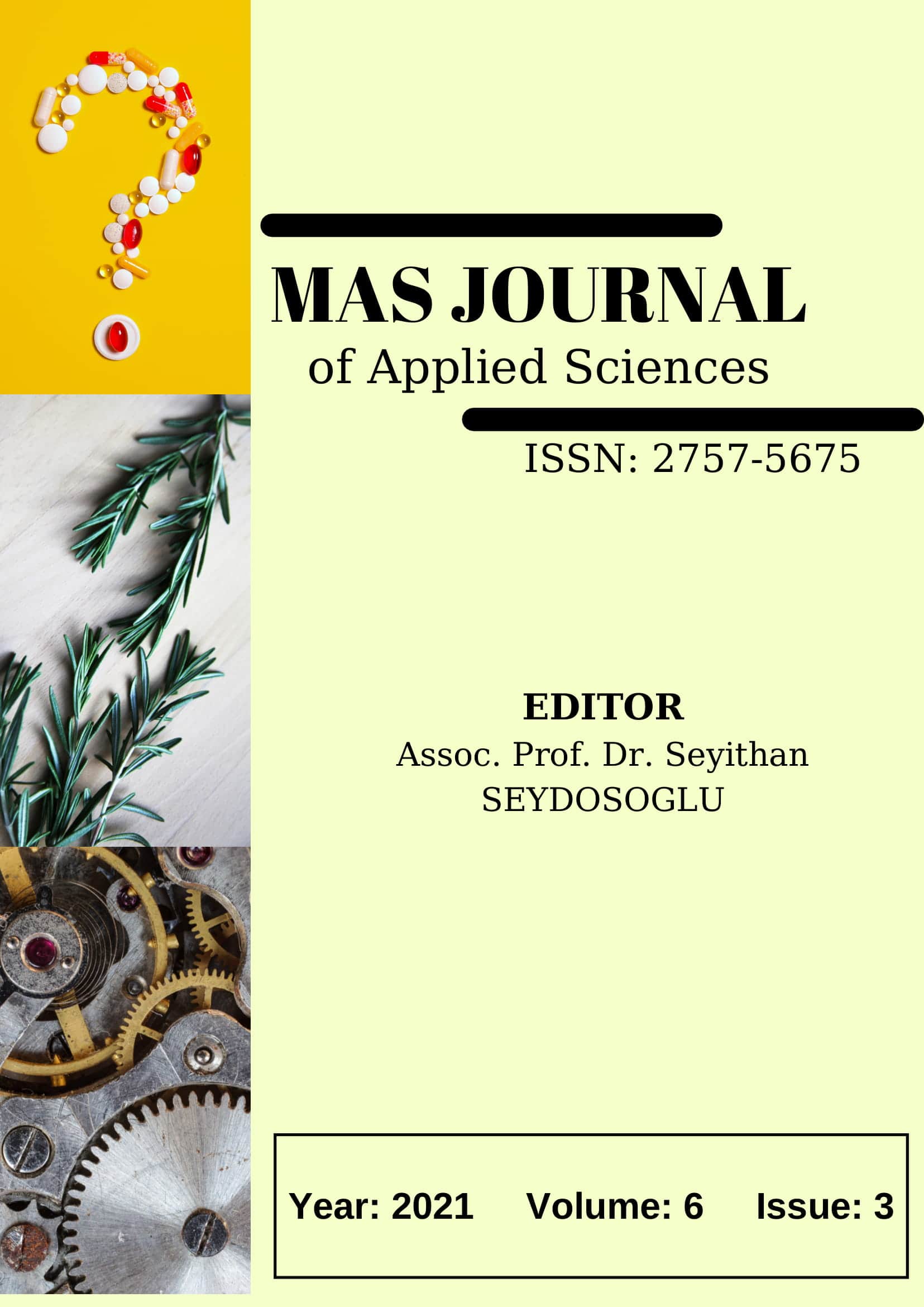Biosynthesis of Black Mulberry Leaf Extract and Silver NanoParticles (AgNPs): Characterization, Antimicrobial and Cytotoxic Activity Applications
DOI:
https://doi.org/10.52520/masjaps.120Keywords:
AgNPs, Biosynthesis, MTT method, MIC, TEMAbstract
The fact that AgNPs are obtained by biosynthesis applications are simple, economical and environmentally friendly are the reasons why the interest in these synthesis methods is increasing day by day. In this study, AgNPs were rapidly synthesized using the extract created from Morus nigra L. leaves. The application stages were carried out in room conditions without requiring special conditions. AgNPs were characterized using various instrument data. Maximum absorbance of AgNPs at 417.47 nm wavelength in UV-visible spectrophotometer (UV-Vis.), Crystal nanosize and crystal structures of 23.29 nm in X-Ray Diffraction Diffractometer (XRD), Scanning Electron Microscope (SEM) and Transmission Electron Microscopy (TEM) micrographs, it was determined that they had a spherical appearance, they had a stable structure with negative charge distribution with -25.01 mV Zeta potential data, and that there was no aggregation. Fourier Transform Infrared Spectroscopy (FTIR) data demonstrated the phytochemicals involved in reduction and X-ray Energy Dispersive Difratrometer (EDX) with strong silver peaks indicating the presence of AgNPs. Suppressive activities of AgNPs on growth of pathogen strains were determined by microdilution method with Minimum Inhibition Concentration (MIC). Cytotoxic activities were investigated by MTT method on healthy cell lines and different cancer cell lines.
Downloads
Published
How to Cite
Issue
Section
License
Copyright (c) 2021 The copyright of the published article belongs to its author.

This work is licensed under a Creative Commons Attribution-NonCommercial 4.0 International License.


